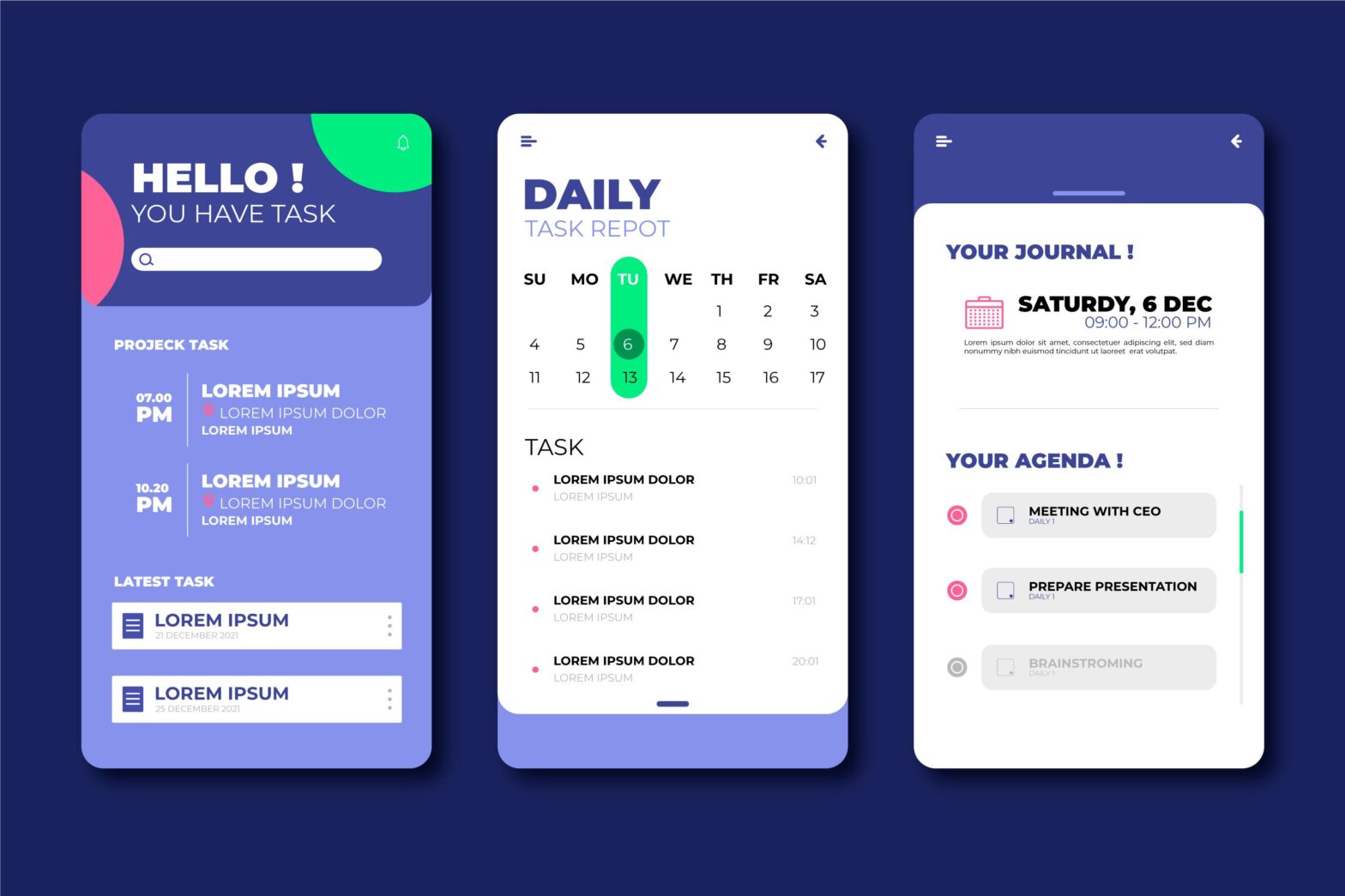Understanding Minimum Viable Product (MVP):
The concept of Minimum Viable Product was popularised by Eric Ries in his book “The Lean Startup.” An MVP is not a half-baked product or a stripped-down version of the final product; rather, it is a focused solution that addresses a specific user need or pain point. By releasing an MVP early in the development process, teams can validate assumptions, test hypotheses, and gather insights from real users, all while minimising time and resource investment.
Key Principles of MVP Development:
MVP development is guided by several key principles that shape its approach to product development:
- Focus on Core Value: An MVP should focus on delivering the core value proposition of the product, solving a specific problem or addressing a particular need for users. By prioritising essential features and functionality, teams can create a viable product that resonates with users without unnecessary complexity.
- Iterative Development: MVP development is inherently iterative, with teams releasing successive versions of the product based on user feedback and insights. Rather than attempting to build the perfect product upfront, teams aim to learn quickly, adapt to feedback, and iterate based on validated learning.
- Measure and Learn: MVP development emphasises the importance of metrics and data-driven decision-making. By defining clear success criteria and measuring key metrics, teams can assess the impact of the MVP and make informed decisions about future development efforts.
- Experimentation and Validation: MVP development is about experimentation and validation, testing assumptions and hypotheses through real-world usage. By conducting experiments, gathering feedback, and validating hypotheses, teams can reduce uncertainty and mitigate risks associated with product development.
Practices of MVP Development:
MVP development encompasses a variety of practices and methodologies, including:
- Lean Startup Methodology: The Lean Startup methodology provides a framework for MVP development, emphasising rapid experimentation, validated learning, and iterative development.
- Prototyping and Validation: Prototyping involves creating low-fidelity versions of the product to test and validate assumptions with users. By gathering feedback early and often, teams can iterate on the product and refine its features and functionality.
- Continuous Deployment and Feedback Loops: MVP development relies on continuous deployment and feedback loops, with teams releasing new versions of the product frequently and gathering feedback from users to inform future iterations.
- Pivot or Persevere: MVP development requires teams to be flexible and adaptable, willing to pivot or persevere based on the insights gained from the MVP. If the MVP fails to resonate with users, teams may need to pivot their strategy or direction; if it succeeds, they can double down on what’s working and iterate based on user feedback.
Minimum Viable Product (MVP) development offers a powerful approach to product development, enabling teams to validate ideas, mitigate risks, and deliver value to customers faster. By focusing on the core value proposition, embracing iterative development, measuring and learning from user feedback, and experimenting with hypotheses, teams can accelerate innovation and maximise the chances of success. As organisations increasingly embrace the principles of lean and agile development, MVP development will continue to play a central role in driving innovation and growth in the digital age.
